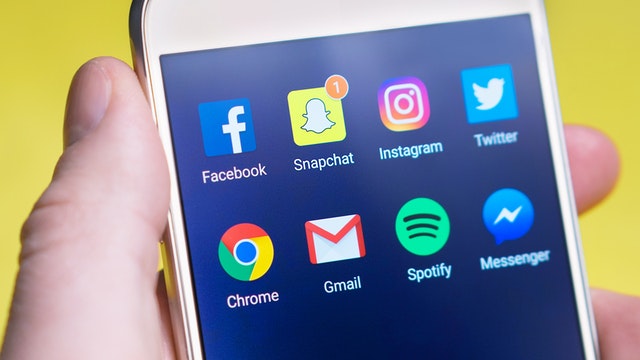- January 17, 2018
- Posted by: David Marshall
- Category: Management, Measurement

I read recently that workers’ idle time is costing the U.S. economy over $100 billion per year. And there’s no one reason it’s happening — employees may goof off, they may take longer on breaks and lunch, a machine may break down, their managers may inefficiently assign work, or it just may be the nature of the business (e.g. the fast food worker between the lunch and dinner rush).
And in some cases, it’s a matter of employees just not doing their work and playing around on social media, checking Facebook and Twitter, or shopping on Amazon. Some companies tried to ban social media from their workplace, going so far as to block Facebook, Twitter, Amazon, and in some cases, even Google Search from their networks. Of course, this was entirely ineffective for a number of reasons:
- It blocked out the marketing department who actually used these tools to promote the company.
- Not everyone was abusing social media in the first place, but it blocked out people who only used it over their lunch period or on a break.
- It’s as if no one had ever heard of smartphones and social media apps.
 The last part was almost the funniest part: If people weren’t interested in using their smartphones before, this helped drive them to it. People got creative about how they checked Twitter, Facebook, and Instagram.
The last part was almost the funniest part: If people weren’t interested in using their smartphones before, this helped drive them to it. People got creative about how they checked Twitter, Facebook, and Instagram.
They took their phones with them to the bathroom, they checked as they walked to meetings, and the smokers got to go outside and play on their phones while they smoked. And that was on top of lunch breaks and coffee breaks spent on their phones too.
There’s Nothing Wrong With This
Personally, I don’t see anything wrong with giving people access to social media or letting them have their phones at work, so long as they are used for the purpose they’re designed for. You get an emergency call from a family member, you should take the call. Need to text a reminder to a spouse to pick up some milk? That’s okay. But you don’t need to be on Facebook gossiping with your friends when you should be working.
I’ve always been more of a Theory Y manager, the idea that believes “people will exercise self-direction and self-control in the achievement of organizational objectives.”
Compare that to the more authoritarian Theory X manager, who believes that people are basically self-centered and lazy, and won’t do a fair day’s work without being pressured and micro-managed.
Theory X managers banned social media from the workplace; Theory Y managers believed people would motivate and police themselves, and avoid goofing off in order to get their work done.
Of course, not everything in life will ever fit into neat little groups, and there are employees who will play and goof off, no matter how strict or lenient you are.
So while I would allow mobile phones in the workplace, and we never blocked social media access, we didn’t allow people to goof off or use it instead of doing their work. So if I saw the rule being violated, I would act on it as a manager or supervisor, and enforce the rules. The hope was we could correct the problem and avoid it in the future. But if they couldn’t abide by that rule, and their performance suffered because they were goofing off online, we let them go.
For the most part, people followed the rules and didn’t need a lot of babysitting and hand holding. I think that’s a better way of managing people anyway. If you need to threaten and cajole people to work, that’s your fault. You hired people who need threats and cajoling to do a fair day’s work, you didn’t hire people who were self-sufficient and internally motivated.
But at the same time, we needed a structure of rules in place just to ensure problems didn’t begin in the first place.
In any workplace, there should be policies and discussions about what’s allowed, and it should be brought up during the hiring process, along with a form they have to sign that says they won’t play around with social media during work hours.
Combine that with being able to objectively measure their performance in the first place, and you’ve got two ways of finding and solving any problems with social media. If their addiction to social media is greater than their addiction to the job that is paying their way, then that individual and the company have got a decision to make.
I’ve been a manufacturing executive, as well as a sales and marketing professional for a few decades. Now I help companies turn around their own business. If you would like more information, please visit my website and connect with me on Twitter or LinkedIn.
Photo credit: Pixabay (Pexels.com, Creative Commons 0)

